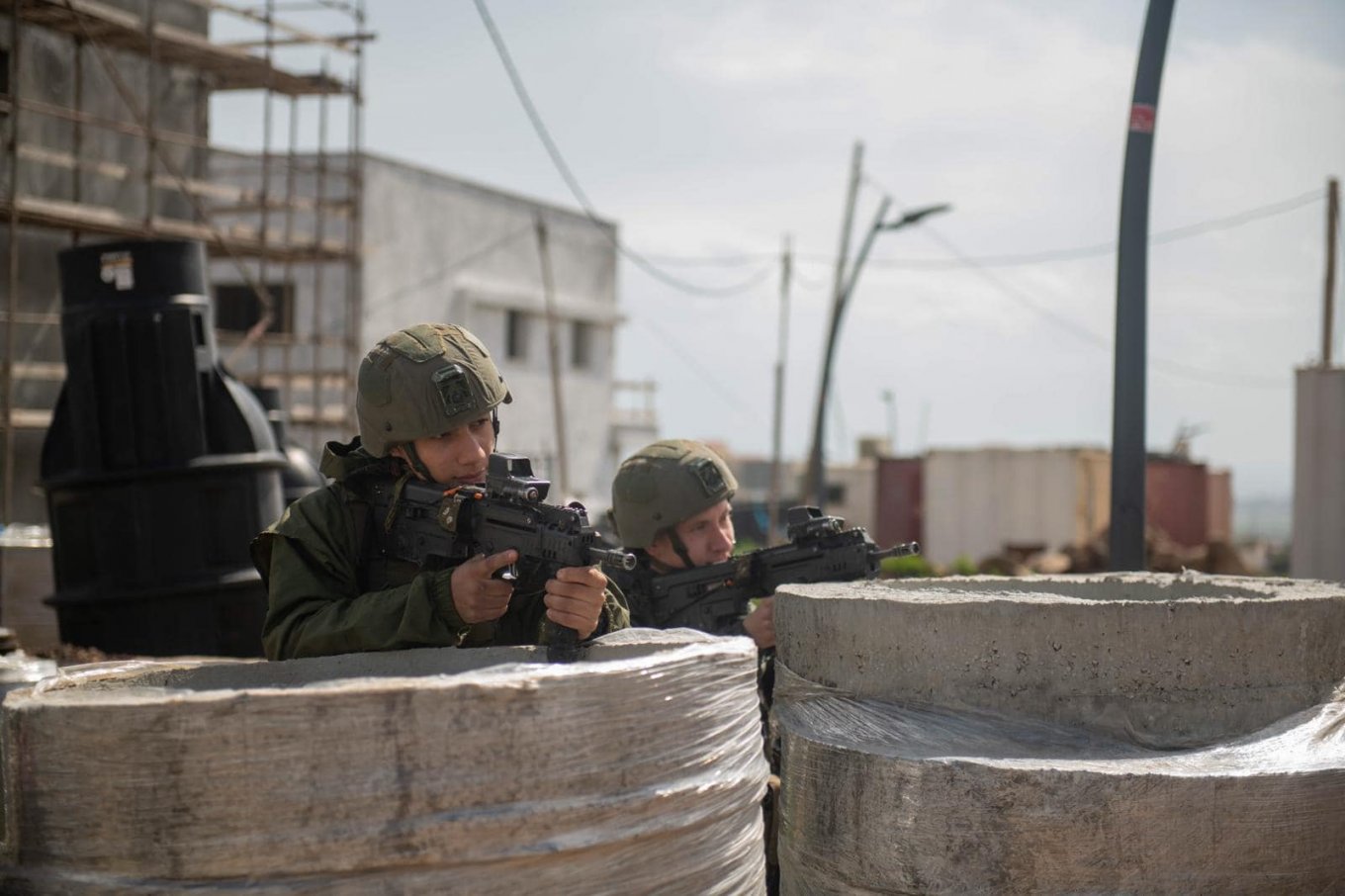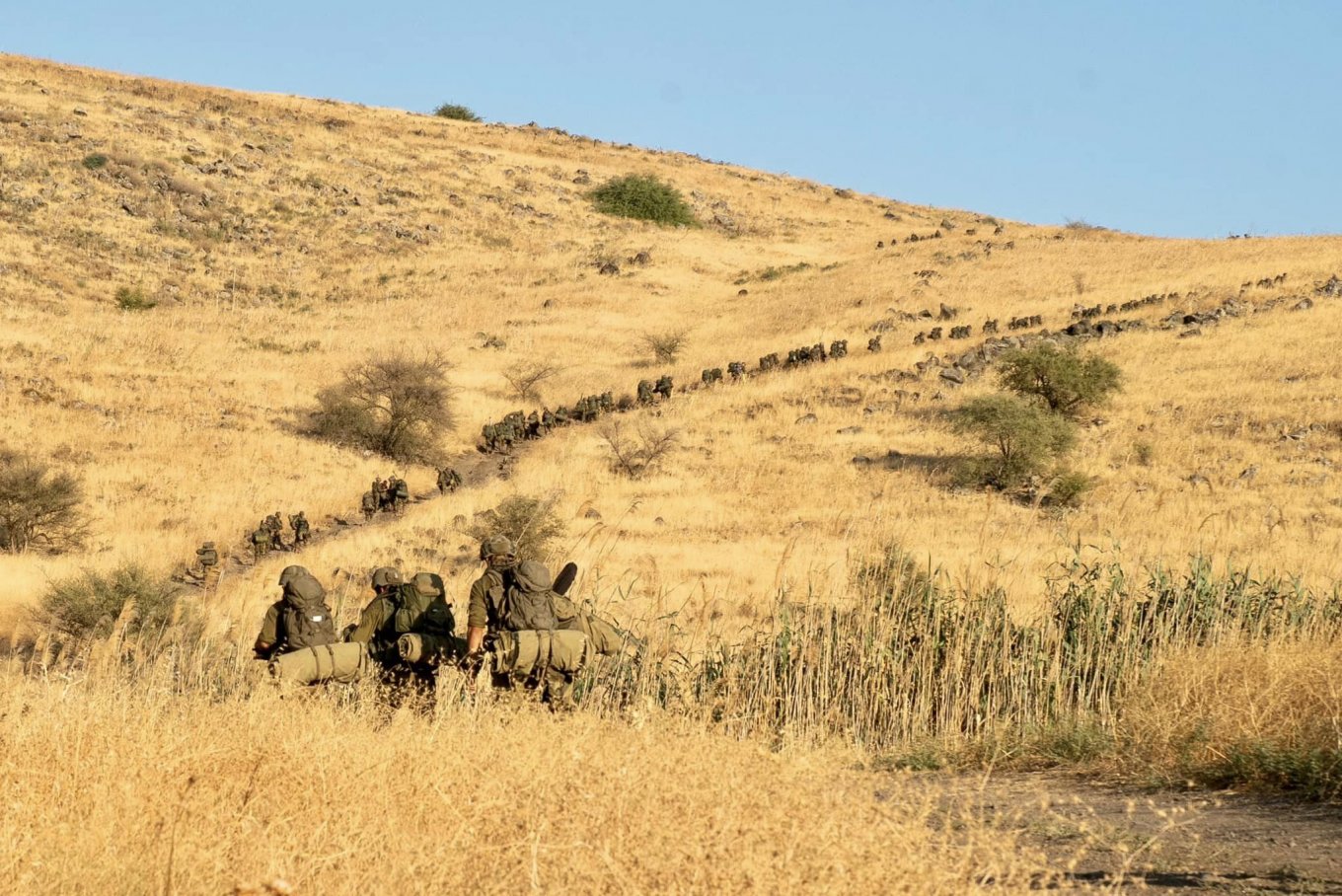
How Israel deployed 300 thousand reservists in 48 hours and it’s not about TROs
The IDF in peacetime is 169,000 people, which in the event of war increases many times over in a few days.
Israel has already fully regained control of the border with the Gaza Strip and is conducting air strikes against Hamas militants, and is apparently making final preparations for a ground operation against the militants.
For this purpose, the country’s Defense Ministry has recruited 300,000 reservists in an extremely short time, which is an unprecedented large-scale increase in the IDF in modern history. For comparison, during Operation Cast Lead in 2008-2009, only 80,000 reservists were called up.
To understand what a 300,000 troop increase in two days means for Israel, which has a population of 9 million, it is possible to translate these figures into Ukrainian realities. And in the first 48 hours of the invasion, Ukraine would have had to expand its Armed Forces by 1.35 million people at once, more than the staffing of the entire Russian armed forces in 2021, if it had similar approaches.

At the same time, we are not talking about recruiting for conditional territorial defense, but about increasing the number of general military units that expand existing military units, whose weapons are designed to multiply the number of personnel.
And for Israel, which has a lot of experience in fighting for survival during full-scale wars against enemies who outnumber it in manpower, this is the only way to ensure its security. That is why the foundation of Israel’s security is not the regular forces of the IDF, but its reserve service.
It consists in the fact that every citizen has to undergo regular military service, after which he or she is transferred to the reserve, or miluim. They remain in the army until the age of 40 and 45 for officers (45 and 49 for some specialists) and during this time are usually assigned to their own regular army unit where they served.

During this time, they should be trained and coordinated by the same team. And according to the norm, it should be at least 20 days in three years. At the same time, as the security tension around Israel decreased, the active reserve was reduced to the level of 2015, with 26% of all those who should have been in the reserve.
But even this reduction, especially in the wake of the national spirit, still allowed us to recruit 300,000, and most importantly, the system was able to pass through so many reservists. And that is why, if we look at the IDF’s weapons, for example, it has about 400 Merkava tanks in service, but another 900 in storage, and five thousand M113 armored personnel carriers in storage alone.

At the same time, the vast majority of the “stored equipment” is what can be brought into a combat-ready state within a few days. All of this, of course, requires constant spending, but again, it is the only guarantee of the country’s existence.

